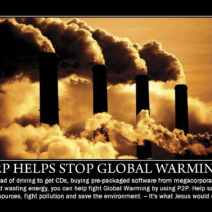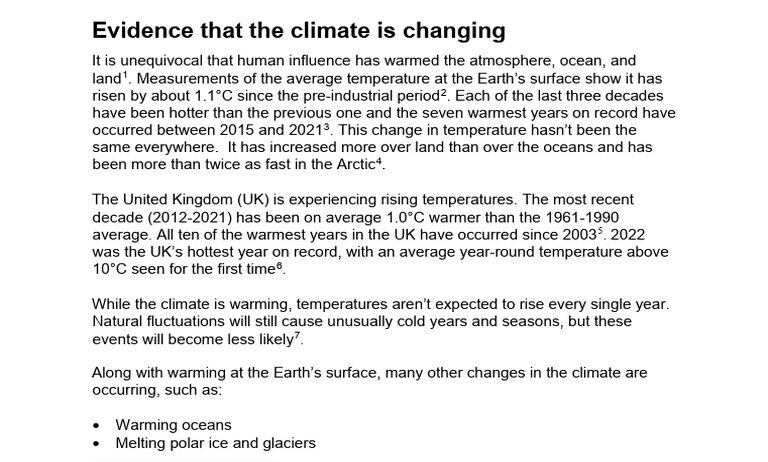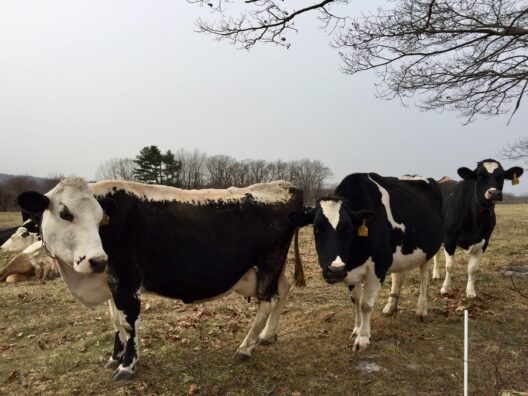Climate change has permeated discussions on environmental issues, capturing the attention of scientists, policymakers, and everyday individuals alike. This phenomenon is not merely an abstract concept; it is the result of intricate interactions within the Earth’s systems that can be traced back to human activity. Understanding climate change requires delving into its causes, effects, and the solutions that can be pursued to mitigate its impacts.
At its core, climate change refers to significant and lasting changes in the Earth’s climate, particularly an increase in global temperatures over an extended period. The trajectory of this warming trend can be linked directly to the proliferation of greenhouse gases (GHGs) emitted by human activities. The most prevalent GHGs include carbon dioxide (CO2), methane (CH4), and nitrous oxide (N2O), each contributing to the greenhouse effect that traps heat within the atmosphere.
In observing the modern world, one might notice unusual weather patterns becoming increasingly common: longer droughts, intense storms, abrupt temperature fluctuations, and rising sea levels. These occurrences are not random but are a poignant manifestation of climate change. The burning of fossil fuels, deforestation, and industrial processes generate excessive amounts of GHGs, which accumulate in the atmosphere and amplify the greenhouse effect.
The impacts of climate change are wide-ranging. Ecosystems are under duress as species struggle to adapt to rapidly changing environments. Coral reefs, for instance, are succumbing to ocean acidification and warming waters, leading to widespread bleaching events. As the habitats of various animal and plant species are altered, biodiversity is compromised, destabilizing delicate ecological balances.
In addition to its effects on wildlife, climate change poses significant threats to human health and safety. In urban settings, higher temperatures can exacerbate air pollution, leading to increased respiratory problems among vulnerable populations. The shift in weather patterns also affects food security; agricultural productivity is increasingly threatened by erratic rainfall and prolonged drought conditions. This interplay of factors raises alarm over potential conflicts arising from resource scarcity.
Another vital consequence of climate change is its influence on global sea levels. As polar ice caps melt and glaciers retreat, the resultant influx of freshwater into the oceans causes sea levels to rise. Coastal communities, which often house large populations, face acute risks of flooding and erosion, leading to displacement and loss of property. This dynamic not only threatens livelihoods but also raises ethical questions about responsibility and reparations for those most affected.
The fascination with climate change arises not only from its dire implications but also from humanity’s potential response. The complexity of the issue provokes inquiry into the adequacy of existing solutions and innovations. Renewable energy sources, such as solar, wind, and hydroelectric power, are gaining traction as viable alternatives to fossil fuels, creating paths toward sustainability. Policies aimed at reducing emissions through regulations, carbon pricing, and incentivizing green technologies are being increasingly adopted.
A pivotal aspect of combating climate change involves collective action on both national and global scales. Agreements such as the Paris Agreement signify a commitment among countries to limit temperature rise and establish frameworks for collaboration. However, disparities in economic capabilities and political will often hinder progress. Thus, grassroots movements and local initiatives play a crucial role in mobilizing communities to demand change and hold leaders accountable.
The concept of climate justice has emerged, emphasizing the need to address the inequitable impacts of climate change, particularly on marginalized communities. It raises questions about who bears the burden of climate-related disasters and who benefits from the industries that contribute to GHG emissions. The intersectionality of environmental issues with social, economic, and racial justice highlights the necessity for inclusive and equitable approaches in policy development.
As we delve deeper into the reciprocal relationship between humanity and nature, it becomes evident that climate change is not an isolated incident. It serves as a reflection of our consumption patterns and values. The ecological footprint we leave behind signifies not just a quantitative measure of our impact but also an existential examination of our ethical responsibilities towards future generations. In this context, fostering a sense of stewardship over the planet becomes essential.
In conclusion, climate change is a multifaceted issue that encompasses scientific phenomena, ecological consequences, and socio-political dimensions. While the observable effects may incite concern, they also invite profound curiosity about the solutions and innovations that can emerge. As awareness grows and scientific knowledge advances, the path forward will ideally be marked by movements toward sustainable practices and collective endeavors to restore balance to the Earth’s systems. Our understanding and response to climate change not only define our era but will also shape the legacy we leave for generations to come.








